Indian Ringneck Parakeets: Talking and Training Tips

Indian Ringneck Parakeets are renowned for their vibrant colors, intelligence, and ability to mimic sounds and words.
These birds are not only beautiful companions but also highly trainable, making them one of the most popular parrot species for owners looking to teach their pet a variety of tricks or even a few words.
In this article, we'll dive into talking and training tips for Indian Ringneck Parakeets, helping you establish a strong bond with your feathered friend while encouraging them to show off their verbal and physical skills.
Understanding the Indian Ringneck Parakeet
Before we delve into training tips, it's important to understand the unique characteristics of the Indian Ringneck Parakeet. Native to South Asia, these parakeets are known for their playful nature, striking appearance, and impressive ability to mimic human speech.
They have a distinct ring around their neck, which is more noticeable in males.
 Key Characteristics of Indian Ringnecks
Key Characteristics of Indian Ringnecks
Size: Indian Ringnecks are medium-sized parrots, usually measuring between 16 to 20 inches from head to tail.
Lifespan: With proper care, these birds can live for 25 to 30 years, making them long-term companions.
Temperament: They are highly intelligent, social, and curious. Indian Ringnecks require plenty of mental stimulation to prevent boredom.
Vocalization: While not as loud as some larger parrot species, Indian Ringnecks are known for their vocalizations, which include whistles, squawks, and speech mimicry.
The Talking Ability of Indian Ringneck Parakeets
One of the most impressive features of Indian Ringneck Parakeets is their ability to mimic human speech. With proper training and attention, these birds can learn a variety of words, phrases, and even sounds from their environment.
However, not all Indian Ringnecks are equally adept at talking. Some birds are naturally more vocal than others, but with patience, most can develop an impressive vocabulary.
Why Do Indian Ringnecks Talk?
Indian Ringnecks, like many other parrot species, have the ability to mimic sounds as a survival mechanism. In the wild, mimicking the sounds of their environment—such as predators or other animals—could help them communicate and stay safe.
In captivity, they mimic sounds and speech as a way of interacting with their human companions.
When to Start Teaching Your Parakeet to Talk
The best time to start teaching your Indian Ringneck Parakeet to talk is when they are still a young bird, ideally around 6 months to 1 year old. This is when they are most receptive to learning new sounds.
However, adult Ringnecks can still learn to talk with consistent practice and patience.
Talking Tips for Indian Ringneck Parakeets
If you're eager to teach your Indian Ringneck to talk, here are some tips to help you along the way:
1. Start with Simple Words and Phrases
Begin by teaching your parakeet simple words or phrases that are easy for them to repeat. Common words like "hello," "good morning," or "bye-bye" are great starting points. Speak clearly and slowly, repeating the words consistently so your bird can learn the sound patterns.
Helpful Tips:
Use the same word or phrase at the same time each day. For example, say "hello" when you approach the cage in the morning.
Focus on one word at a time to avoid overwhelming your bird.
Reinforce learning with a gentle, positive tone to keep the experience enjoyable for both of you.
2. Positive Reinforcement
Just like with any pet, positive reinforcement is essential for encouraging the behavior you want. When your parakeet attempts to mimic a word, offer a reward, such as a small treat or praise. This will motivate them to continue practicing.
Example:
When your Indian Ringneck mimics the word "hello," immediately offer a treat or affection as a reward. This helps them associate the sound with something positive.
3. Use Consistent Repetition
Indian Ringnecks learn through consistent repetition. Set aside specific times each day to work on training. Repeating words during interactions, such as when you’re feeding or playing with your bird, can help reinforce learning.
 Example:
Example:
Repeatedly say "good morning" each time you greet your bird in the morning. The consistency will help your parakeet associate the phrase with that time of day.
4. Limit Distractions
For effective learning, it's important to minimize distractions when teaching your bird to talk. Find a quiet, comfortable space where your Indian Ringneck can focus on the sounds you’re making without external noise interfering.
5. Be Patient
Remember, learning to talk takes time, especially since each bird is unique. Some Indian Ringnecks may start speaking quickly, while others take longer to catch on. Be patient and avoid showing frustration, as this can negatively impact your bird’s willingness to engage.
Training Tips for Other Behaviors
In addition to talking, Indian Ringneck Parakeets can be trained to perform various tricks and behaviors. With their intelligence and strong desire to please, they can learn a variety of activities to keep them mentally and physically stimulated.
1. Teaching Basic Commands
Training your Indian Ringneck to follow simple commands is a great way to engage their mind and build your bond. Start with basic commands like:
Step up: Encourages your bird to step onto your finger or a perch.
Come: Teach your bird to fly or walk toward you.
Sit: Train them to sit on a perch or a designated spot.
 Training Tip:
Training Tip:
Use a treat to guide your bird’s movements and reward them immediately when they perform the desired action.
2. Target Training
Target training involves teaching your bird to touch a specific object, like a stick or your hand, with their beak. This is a fun and useful training method that can lead to more complex tricks.
Steps for Target Training:
Hold a target stick near your bird.
When your bird touches the stick with their beak, immediately reward them.
Gradually move the target stick to different locations to encourage your bird to follow it.
3. Trick Training
Once your Indian Ringneck is comfortable with basic commands, you can move on to teaching fun tricks like spinning or playing fetch. These tricks help keep your bird’s mind engaged and provide mental stimulation.
Trick Example:
Start by teaching your bird to spin by gently guiding them in a circular motion with your hand and rewarding them when they complete the turn.
4. Socializing Your Indian Ringneck
Training your bird is not just about teaching them commands; it’s also about creating a strong relationship. Socializing your bird with different people and environments can help reduce anxiety and improve their behavior.
Socialization Tips:
Introduce your bird to new people gradually and reward calm behavior.
Expose your bird to different environments, such as different rooms or outdoor spaces (if safe), to help them adjust to various stimuli.
 Unlocking the Full Potential of Your Indian Ringneck Parakeet
Unlocking the Full Potential of Your Indian Ringneck Parakeet
In conclusion, training and teaching your Indian Ringneck Parakeet to talk and perform tricks is an enjoyable and rewarding experience for both you and your bird.
By using consistent repetition, positive reinforcement, and patience, you can help your Indian Ringneck develop a vocabulary and learn various behaviors that will make them an even more engaging companion.
Remember, every bird is different, so take your time and enjoy the journey of bonding with your feathered friend. Through training, you'll not only foster a deeper connection with your parakeet but also unlock their potential as a smart and vocal companion.
Did you find this post useful or inspiring? Save THIS PIN to your PETS Board on Pinterest!
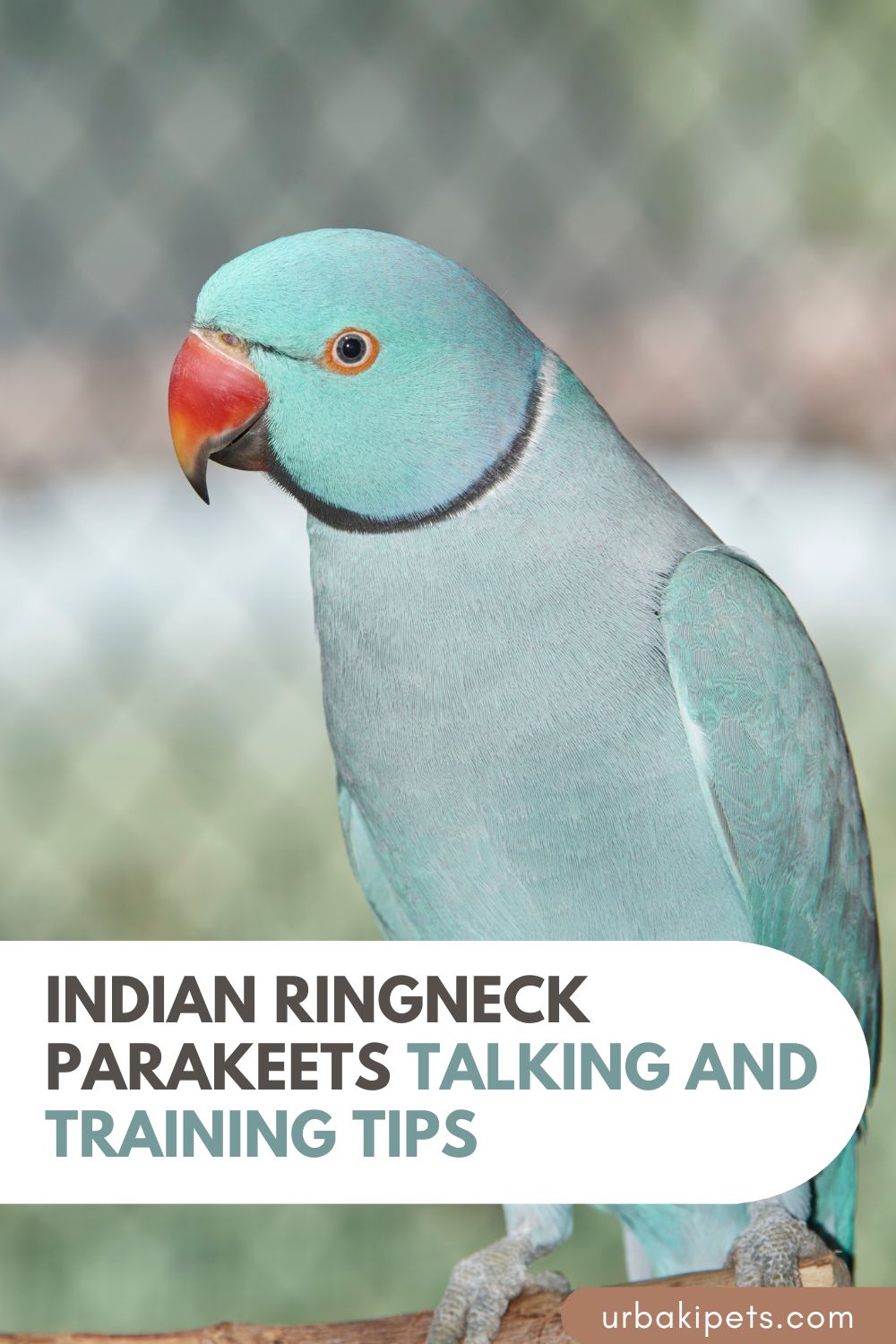

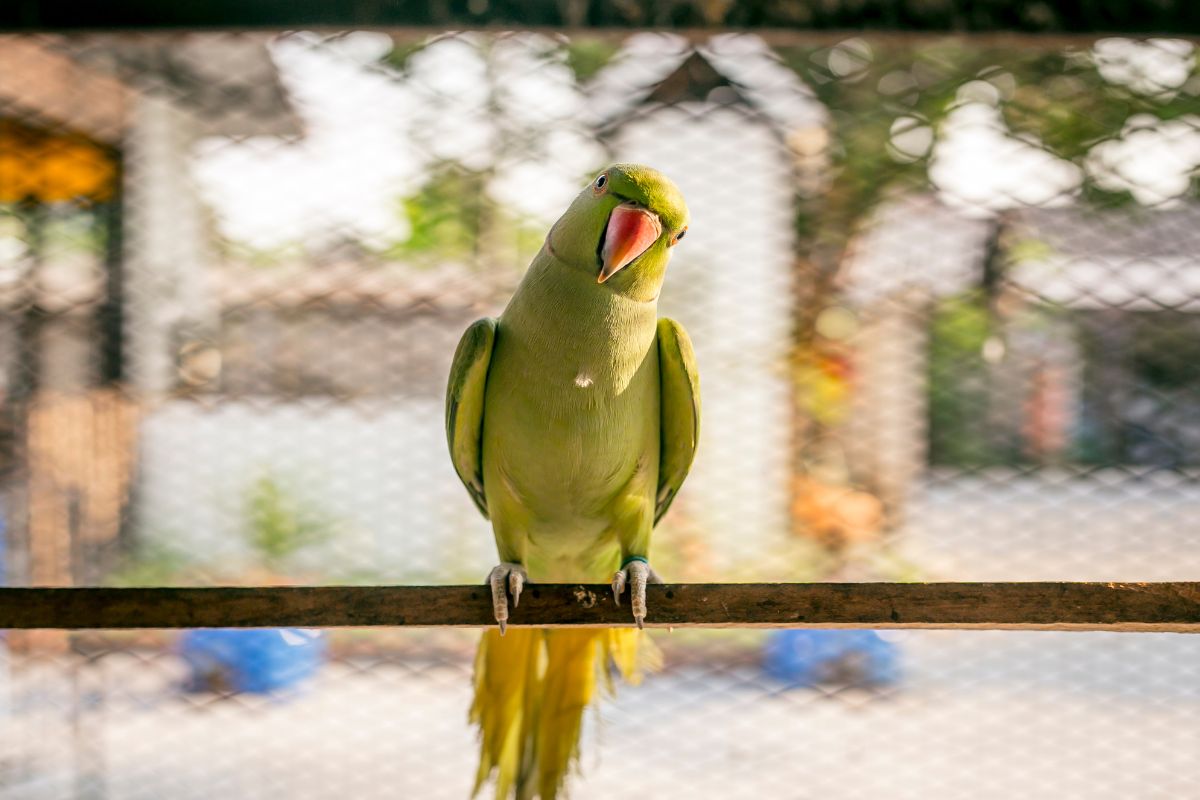 Key Characteristics of Indian Ringnecks
Key Characteristics of Indian Ringnecks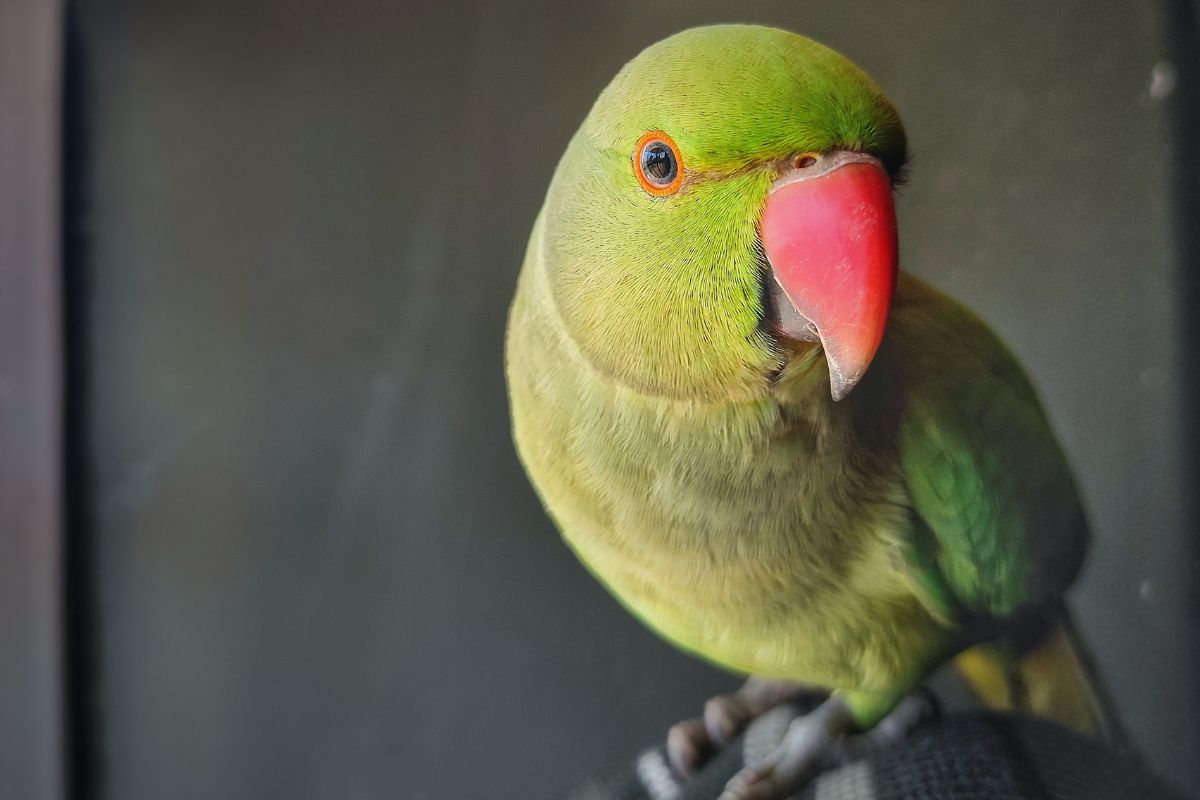
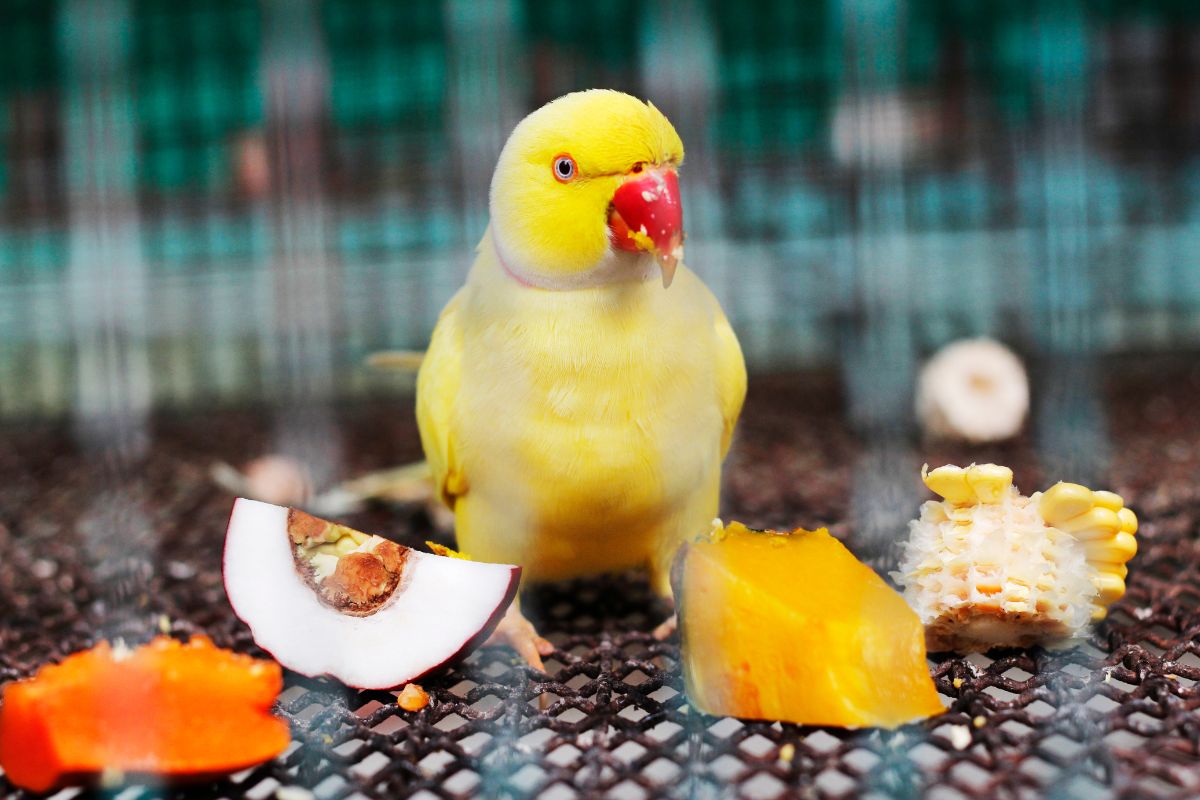 Example:
Example: Training Tip:
Training Tip: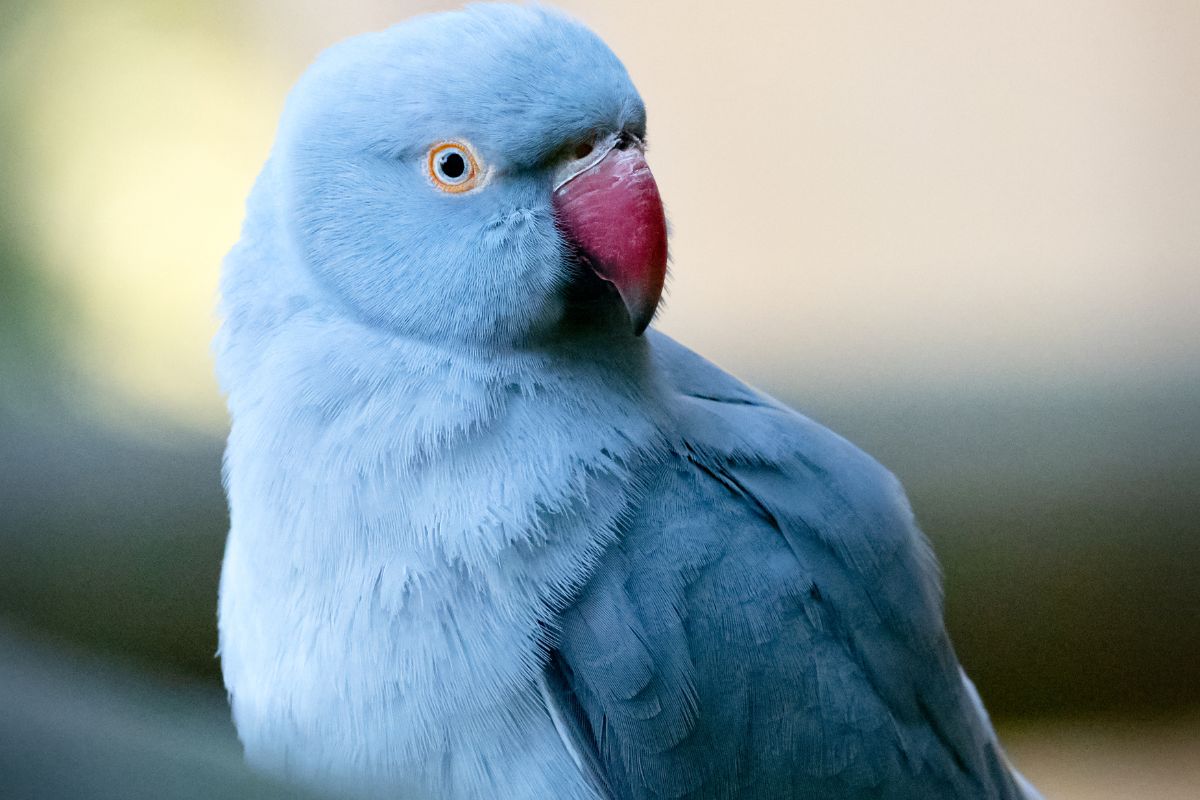 Unlocking the Full Potential of Your Indian Ringneck Parakeet
Unlocking the Full Potential of Your Indian Ringneck Parakeet
You may also like